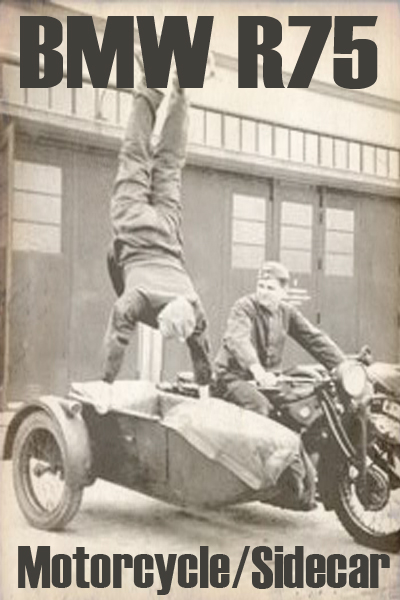The Germans withdrew from the area in October 1944 and Croatia was reconstituted as part of the new Yugoslavia, now a socialist republic under Tito’s leadership. Croatia became one of the six constituent republics of Yugoslavia (the others being Bosnia, Macedonia,  Montenegro, Slovenia, and Serbia). During Tito’s reign nationalist sentiments were repressed, especially among the Croats. A decentralization program went into effect in 1970 but it did little to pacify Croats. With Tito’s death in 1980, Croat demands for independence only increased but it was not until the fall of the Berlin Wall that things began to come apart.
Montenegro, Slovenia, and Serbia). During Tito’s reign nationalist sentiments were repressed, especially among the Croats. A decentralization program went into effect in 1970 but it did little to pacify Croats. With Tito’s death in 1980, Croat demands for independence only increased but it was not until the fall of the Berlin Wall that things began to come apart.
The fall of communism brought uncertainty to Yugoslavia in 1990. It encouraged nationalist sentiments in all of its republics. In Croatia, the elections produced a massive victory for Franjo Tudjman and his nationalist Croatian Democratic Union party. This group had proclaimed its aversion to both the ethnic Serbs living in Croatia and those living in Serbia. The move was spurred largely by the election of Serb nationalist Slobodan Milosevic as Serbian Communist Party leader. Milosevic’s rhetoric and repression of the Albanian population in Kosovo frightened the other republics.


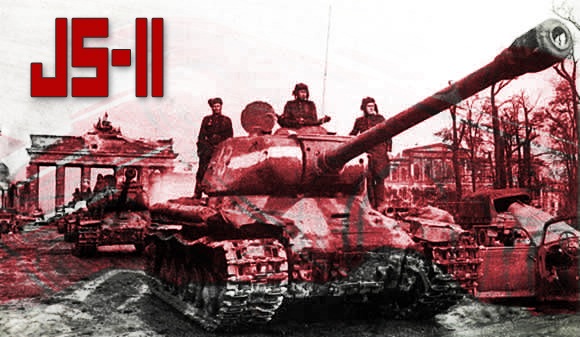
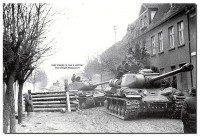

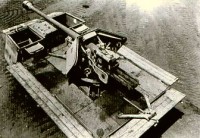


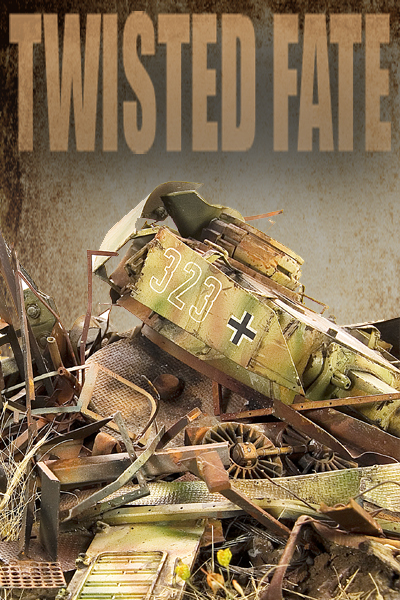 The Caterpillar D7 series medium bulldozer began service with the U.S. military during World War II. With upgrades and changes, it has been a workhorse for the U.S. Military for over fifty years, fulfilling its primary earth moving role as well as a host of other roles discovered for it, for example mine clearing with a special flail adapter kit. As is so often the case, the idea for this project is based upon a photograph showing a D7 Dozer in action during World War II clearing the wreckage of a Panzer IV from the roadway.
The Caterpillar D7 series medium bulldozer began service with the U.S. military during World War II. With upgrades and changes, it has been a workhorse for the U.S. Military for over fifty years, fulfilling its primary earth moving role as well as a host of other roles discovered for it, for example mine clearing with a special flail adapter kit. As is so often the case, the idea for this project is based upon a photograph showing a D7 Dozer in action during World War II clearing the wreckage of a Panzer IV from the roadway.
